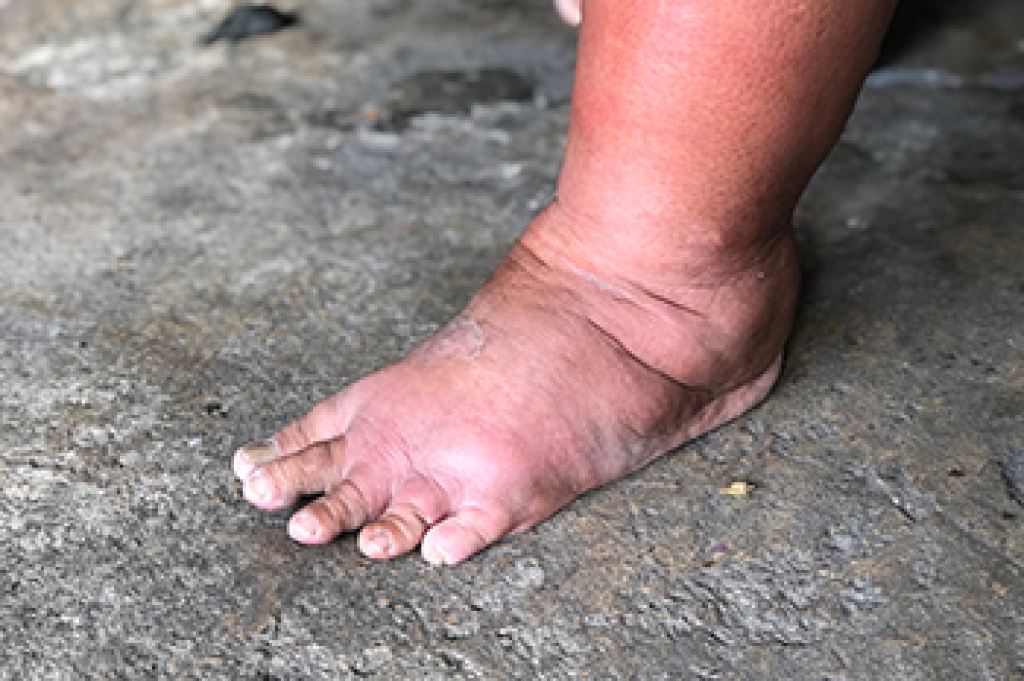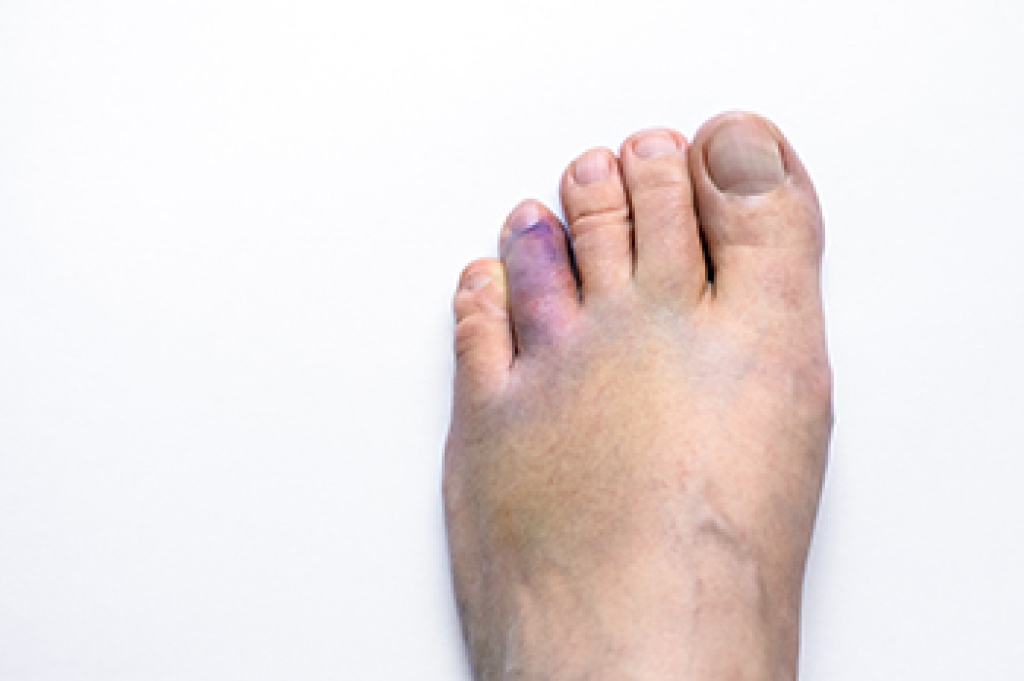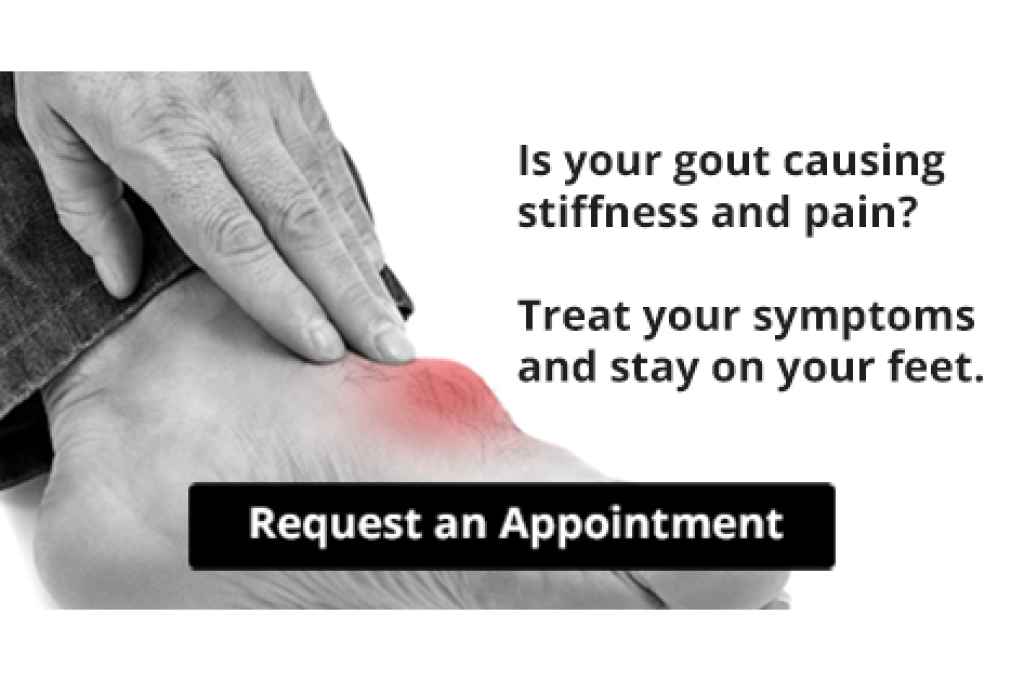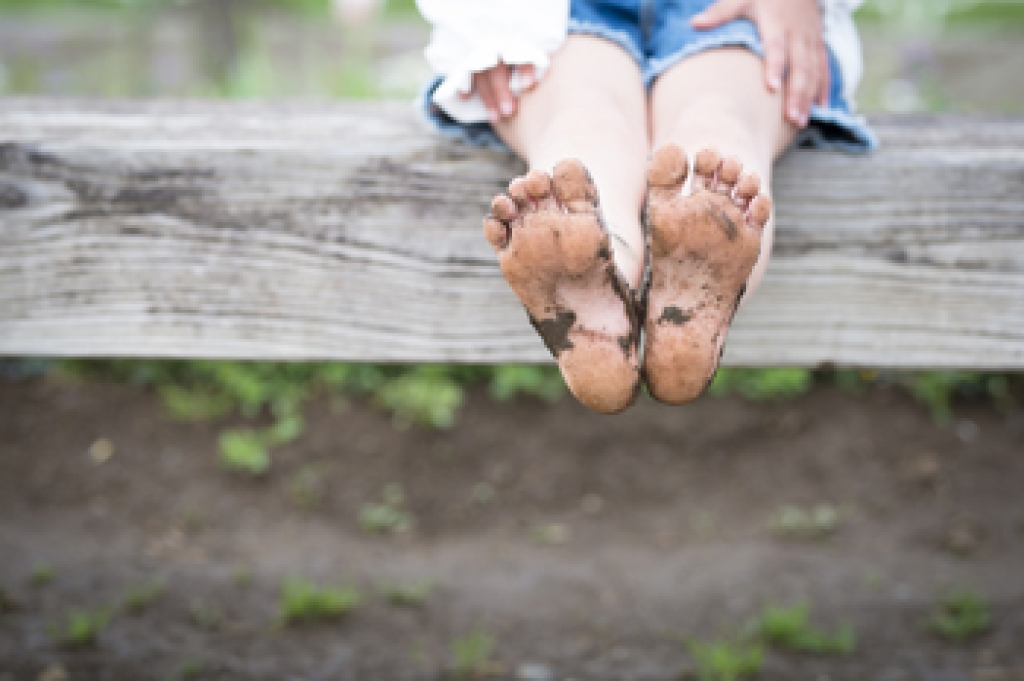
There are 26 bones that are located in each foot which represent the foundation of the body. The field of podiatry specializes in treating conditions of the feet and ankles, in addition to performing surgery that specific foot ailments may require. People who are interested in helping patients find solutions for their individual foot conditions may choose to become a podiatrist. There is mandatory schooling that must occur before DPM follows any name. This is the abbreviation for Doctor of Podiatric Medicine, and their education includes earning a bachelor’s degree, followed by completing several years of podiatric medicine. Two of these years are in a program focusing on podiatry, followed by two to four years in a residency program. There are various forms of podiatry, consisting of sports medicine, pediatrics, or diabetic foot care. It is suggested that a podiatrist be consulted if this is the branch of medicine that is being considered, so they can address any concerns there may be.
If you are experiencing pain in the feet or ankles, don’t join the stubborn majority refusing treatment. Feel free to contact one of our podiatrists from Foot & Ankle Centers of Charlotte County . Our doctors can provide the care you need to keep you pain-free and on your feet.
What Is a Podiatrist?
Someone would seek the care of a podiatrist if they have suffered a foot injury or have common foot ailments such as heal spurs, bunions, arch problems, deformities, ingrown toenails, corns, foot and ankle problems, etc.
Podiatric Treatment
A podiatrist will treat the problematic areas of the feet, ankle or lower leg by prescribing the following:
- Physical therapy
- Drugs
- Orthotic inserts or soles
- Surgery on lower extremity fractures
A common podiatric procedure a podiatrist will use is a scanner or force plate which will allow the podiatrist to know the designs of orthotics. Patients are then told to follow a series of tasks to complete the treatment. The computer will scan the foot a see which areas show weight distribution and pressure points. The podiatrist will read the analysis and then determine which treatment plans are available.
If you have any questions, please feel free to contact our offices located in Punta Gorda and Port Charlotte, FL . We offer the newest diagnostic and treatment technologies for all your foot care needs.




